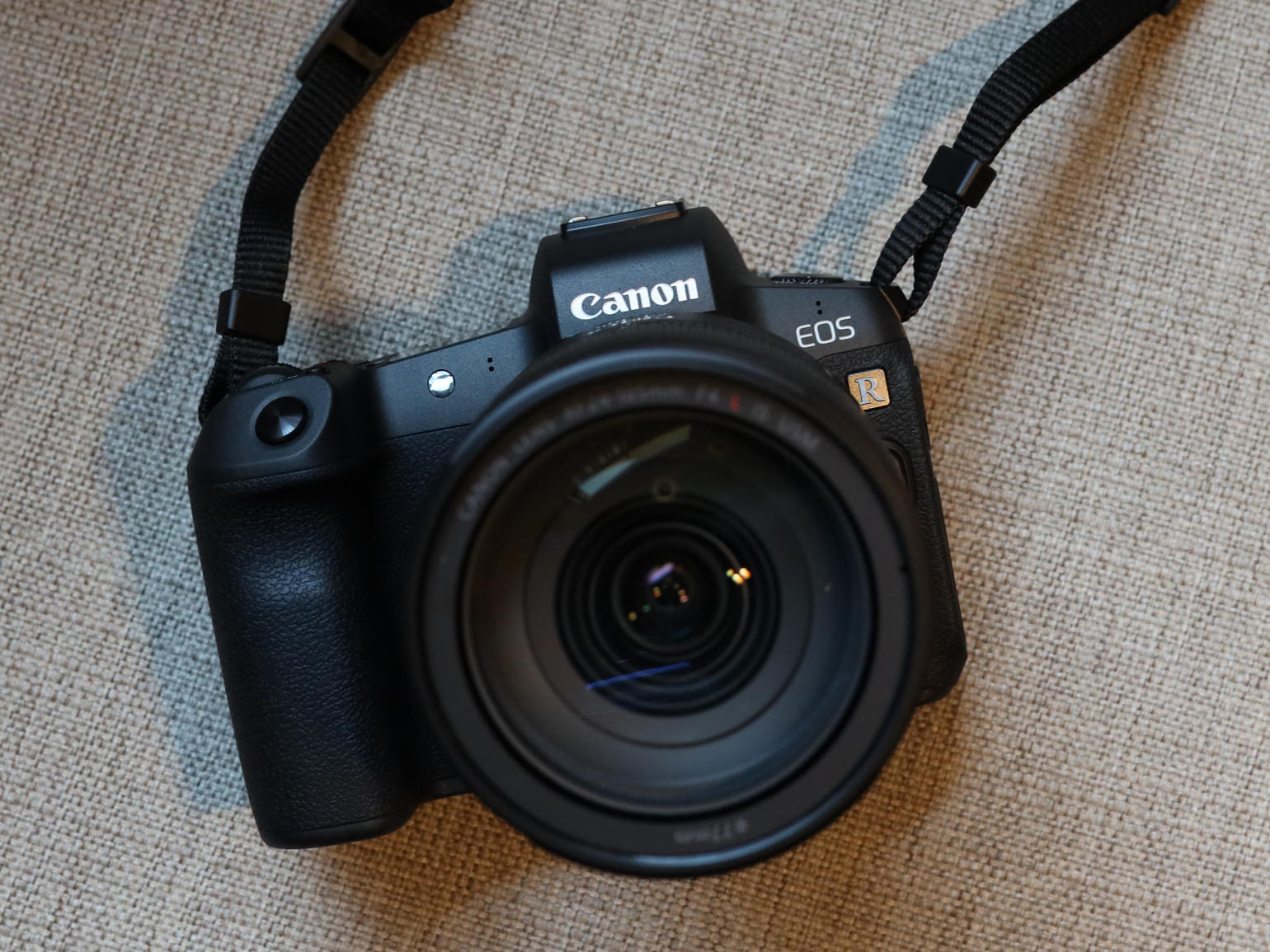Going hands-on with the Canon EOS R
Finally! Canon have taken a seat at the full-frame mirrorless table
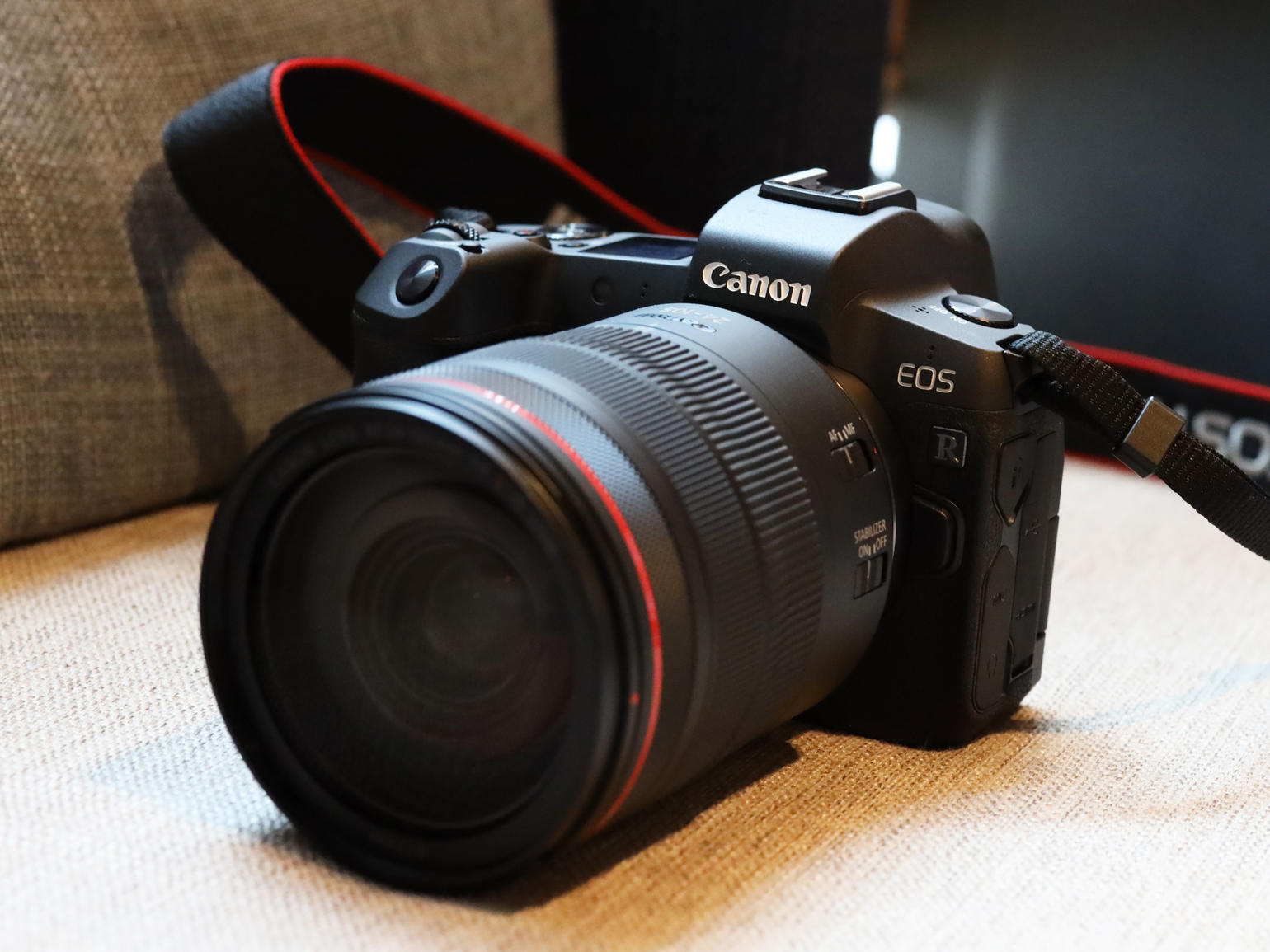
MIRRORLESS MOMENT
The EOS R is Canon’s first full-frame mirrorless camera. It packs a DIGIC 8 processor, 30.3MP resolution, and is fully weather-sealed. There’s a new system mount too (54mm in diameter) and four new lenses available at launch: 28-70mm f/2, a 50mm f/1.2, a 35mm f/1.8 macro, and a 24-105mm f/4. There are also different adapters available, so all older lenses are compatible, including the EF lens range. It shoots 4K video, has a robust flip-and-twist screen and a jaw-dropping 5655-point AF. Its development marks a pivotal moment in photography, where the heavyweights like Nikon and Canon, who showed some trepidation at first, are now fully investing in mirrorless technology. We spent the day with EOS R to see how it performs…
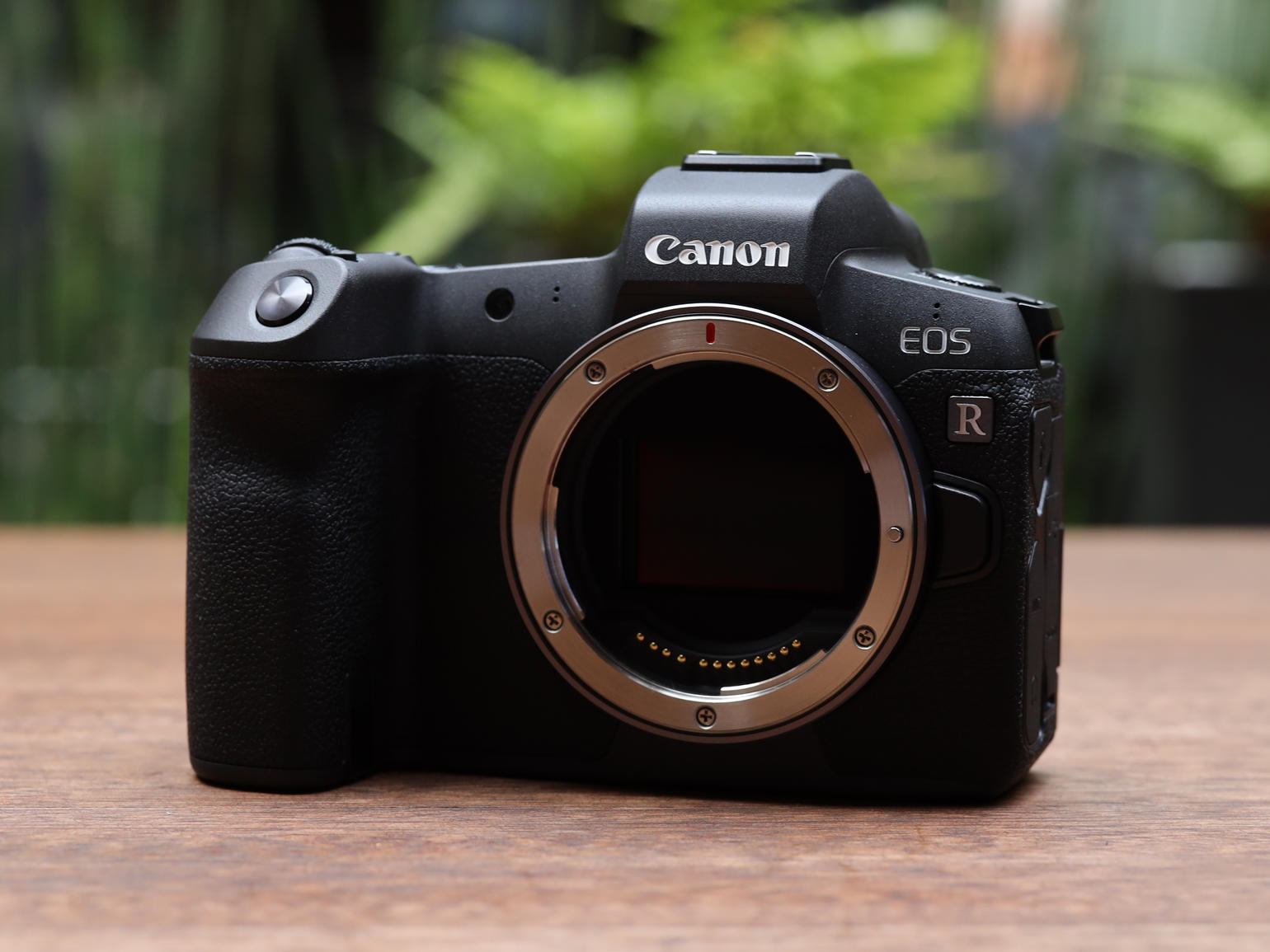
DSLR ON A DIET
Its closest sibling in Canon’s DSLR lineup is the 5D Mark IV, but when placed side-to-side you can see it’s slimmed down quite substantially, in fact a whole 320g lighter – yet it still looks chunky and is far from pocketable. Any Canon DSLR user will be familiar with the dials, but Canon have thrown out a wild card with the new M-Fn sliding control bar. You can customise it for any setting and then brush your thumb over it to increase or decrease whatever setting you’ve set it as.
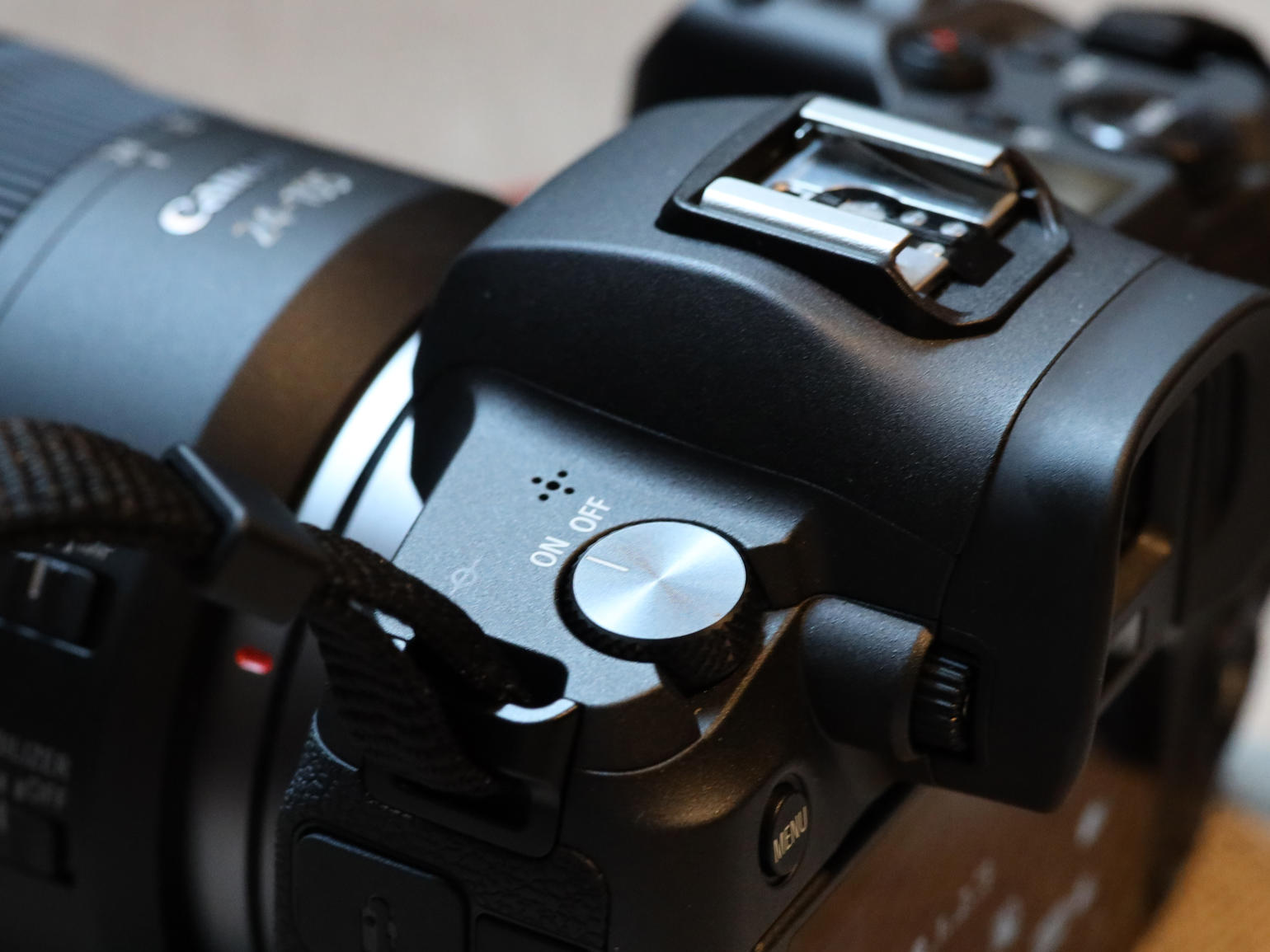
TEETHING PROBLEMS
I set it up to control ISO, and found it was a little bit fiddly, it might just need some getting used to, but it didn’t strike me as particularly ergonomic. The body has a smart matte finish, and the grip feels very similar to any EOS DSLR, meaning those already in the Canon family will feel instantly at ease. Similar to Nikon in only having one card slot, but it’s an SD slot, as opposed to Nikon XQD preference. I don’t find it an issue, but some might. The flip screen feels more robust than any other cameras of this type. It flips out like opening a book, and then there’s one rotating pin which can swivel a full 180 degrees. This makes it ideal for self shooting, groups shots and dare I say it, selfies.
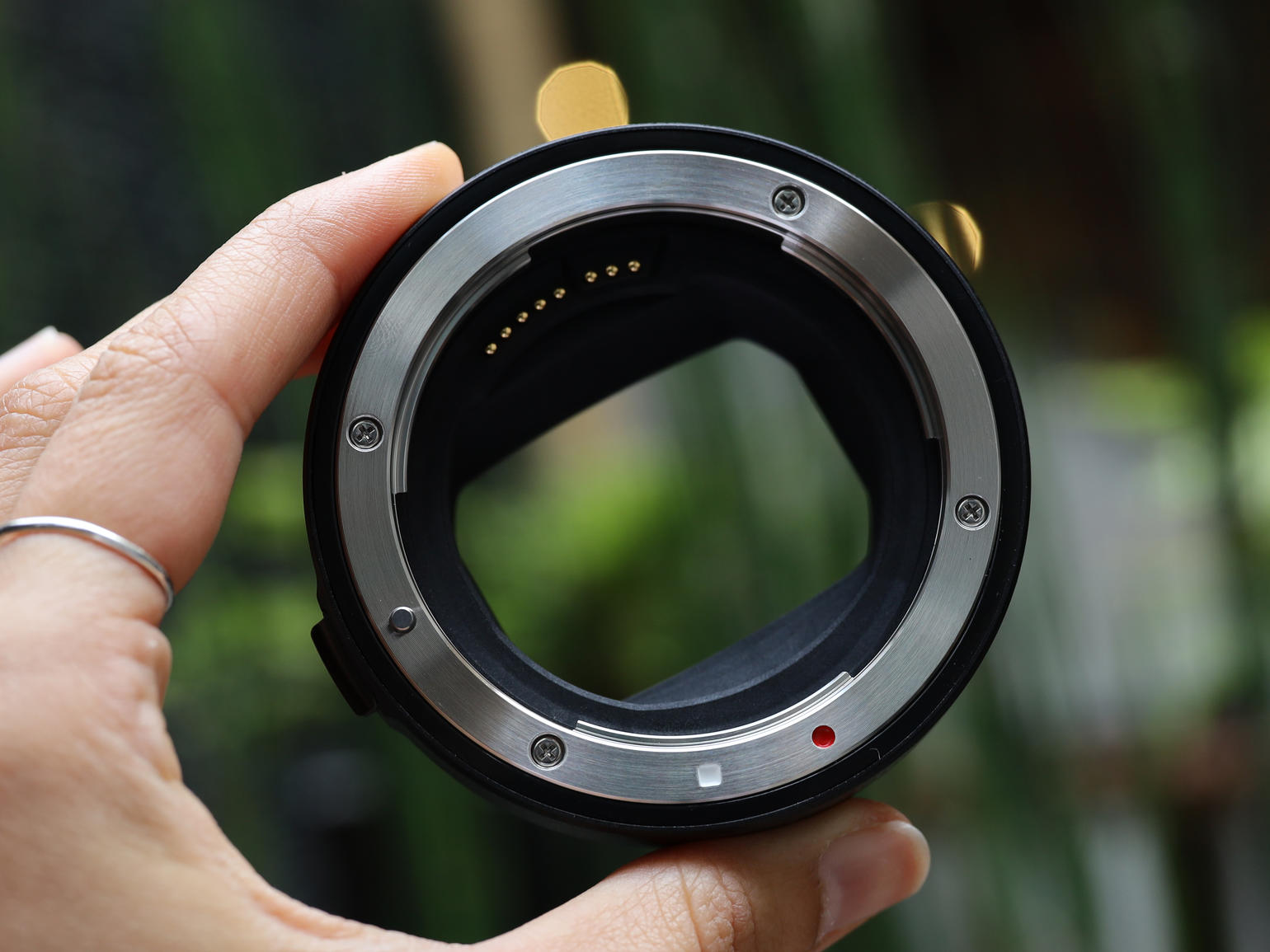
MODERN MINIMALISM
The dial around the mode button is minimalist, as in doesn’t have any markings on it. This ‘pared-back-stripping-bare’ aesthetic we’re seeing as a definite trend this year does looks great, but DSLR users might find it a bit frustrating having to rely on one of the screens to see the shooting mode att the time. The touchscreen is brilliant though and let’s be honest, any screen that you can’t prod is just disappointing in 2018. I found it handy for tapping to focus in areas, it was often the quickest option to get my desired focal point. There’s a top-plate LCD, similar to Nikon’s which has a load of info on and if you hold the light, it’ll illuminate – handy for shooting in the dark.
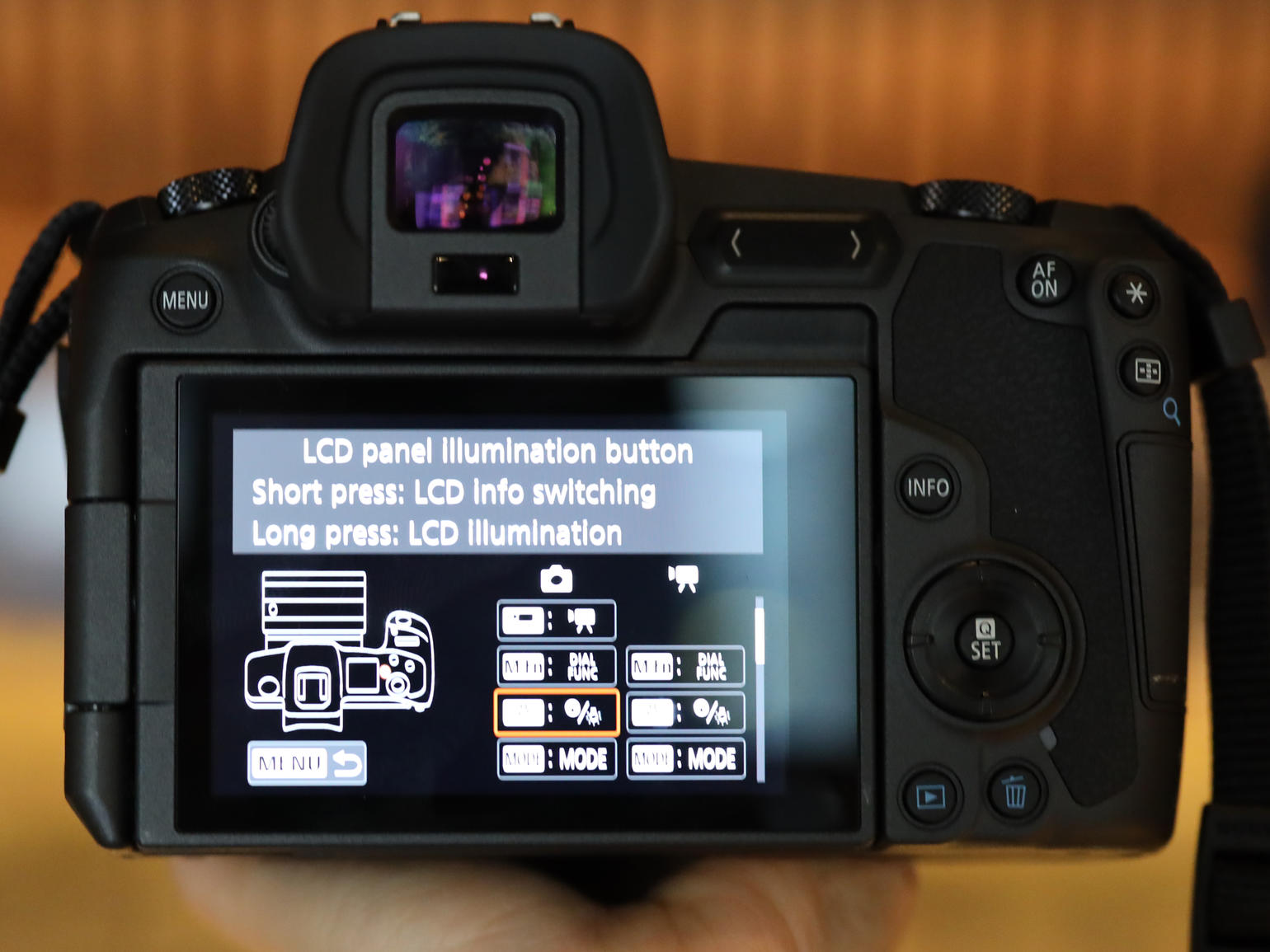
ALL YOU CAN EAT
Canon ambassadors joke with me that the only button you can’t customise is the on and off button (oh, and the playback and delete ones too). Every single thing is customisable, which is handy as you can set up the camera just the way you like it. You can even programme the rings on the lens to represent ISO or aperture or even one to make the the sky blue-er… Playback on images can be scrolled through without delay, while zooming in and around images is a doddle. There’s very little delay with the camera registering changes as you make them.
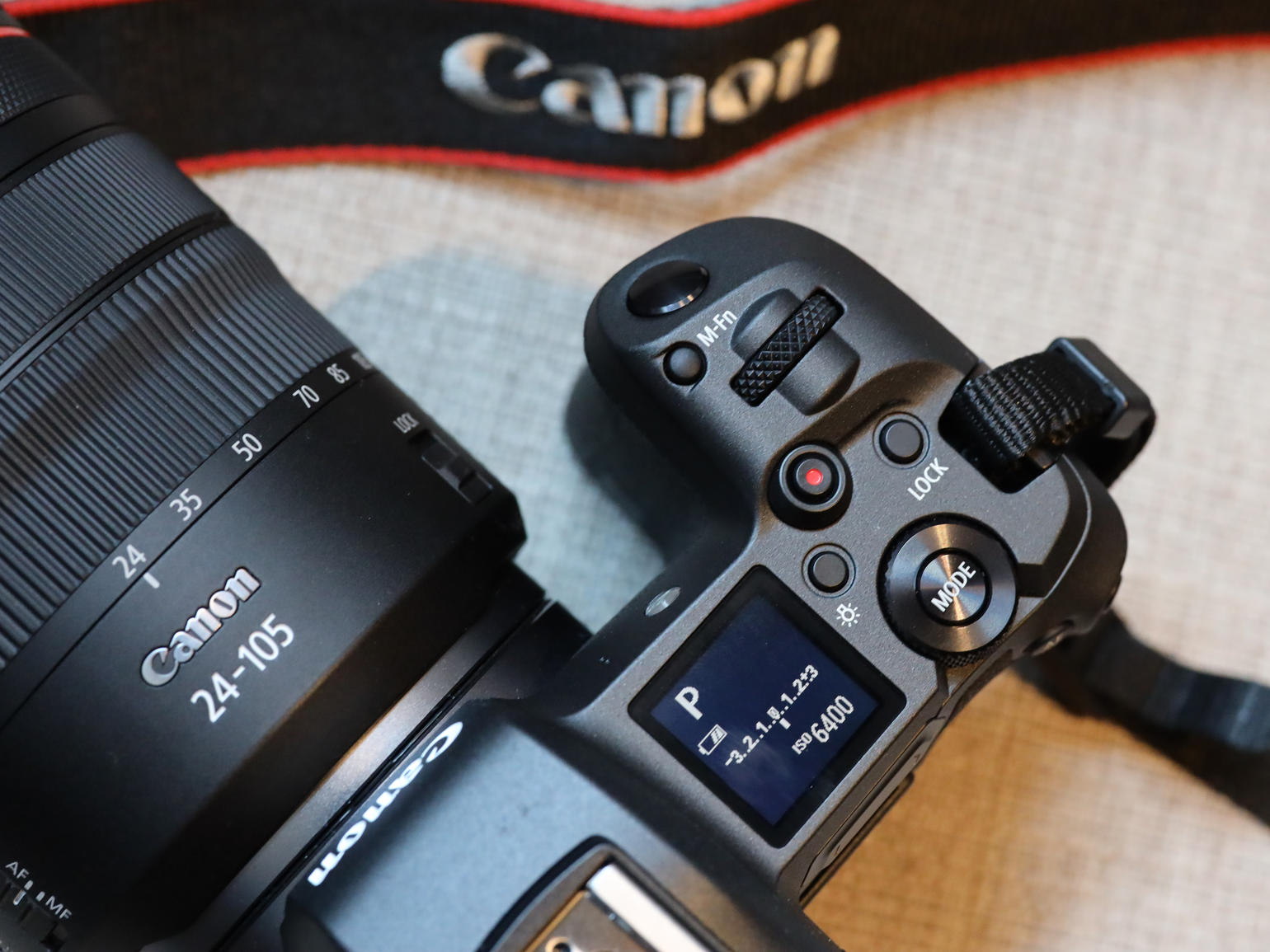
VERSATILE VIEWFINDER
The EOS R’s OLED 3.69 million dot resolution electronic viewfinder is up there with the Nikon and Sony rivals, and I noticed zero lag when whizzing the camera from one moving trombone player to another dancing saxophonist. The AF system a 5,655 phase-detect AF system with 88% vertical and 100% horizontal coverage, and a working range that goes as low as -6EV, making it a low-light powerhouse. I just found it would occasionally struggle with face detection. I would also have preferred Canon to have included a joystick for selecting focal points, would’ve been more ergonomic. You get bust mode of 8fps (or 5fps with continuous AF), which doesn’t quite stack up against Nikon and Sony models.
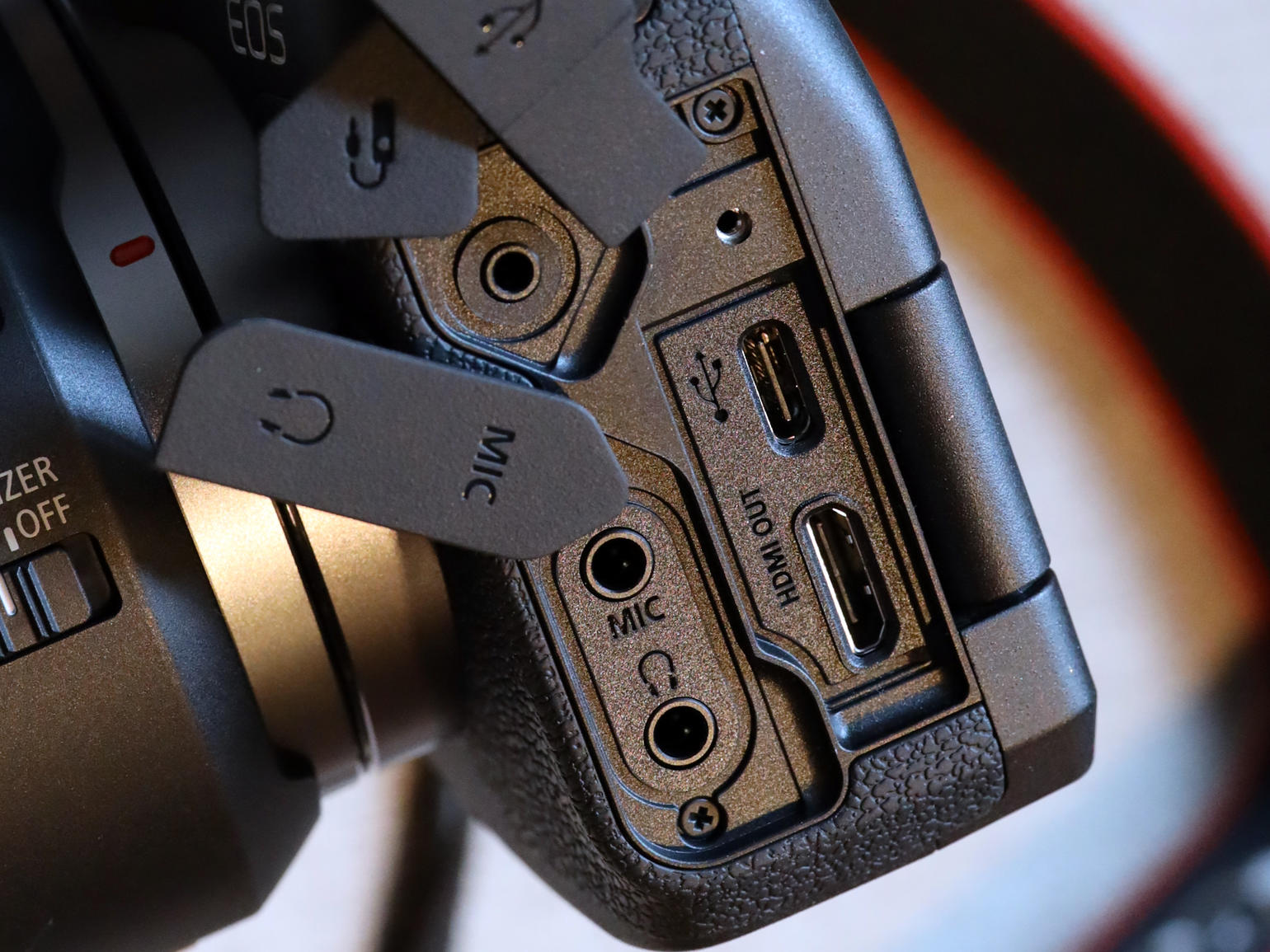
SPEEDY SNAPPER
Flip open the side panel and you’ll find sockets for: HDMI slot, USB-C, wired remote, headphone and microphone. It’s got WiFi and Bluetooth built-in too and works well with Canon’s app CameraConnect – this is also essential for remote live view shooting. Which works brilliantly, there can just be a little bit of delay. It can also shoot 4K video at 30fps and Full HD at 120fps, although it does this with a 1.7x crop factor, which is likely to be a tad frustrating for videographers as it makes wide angle framing difficult. The camera has an ISO range of 100-40,000 that expands to 50-102,400. The fastest shutter speed available is 1/8000 sec. That paired with the amazing autofocus system makes it one hell of a speedster, even in very low-light conditions.
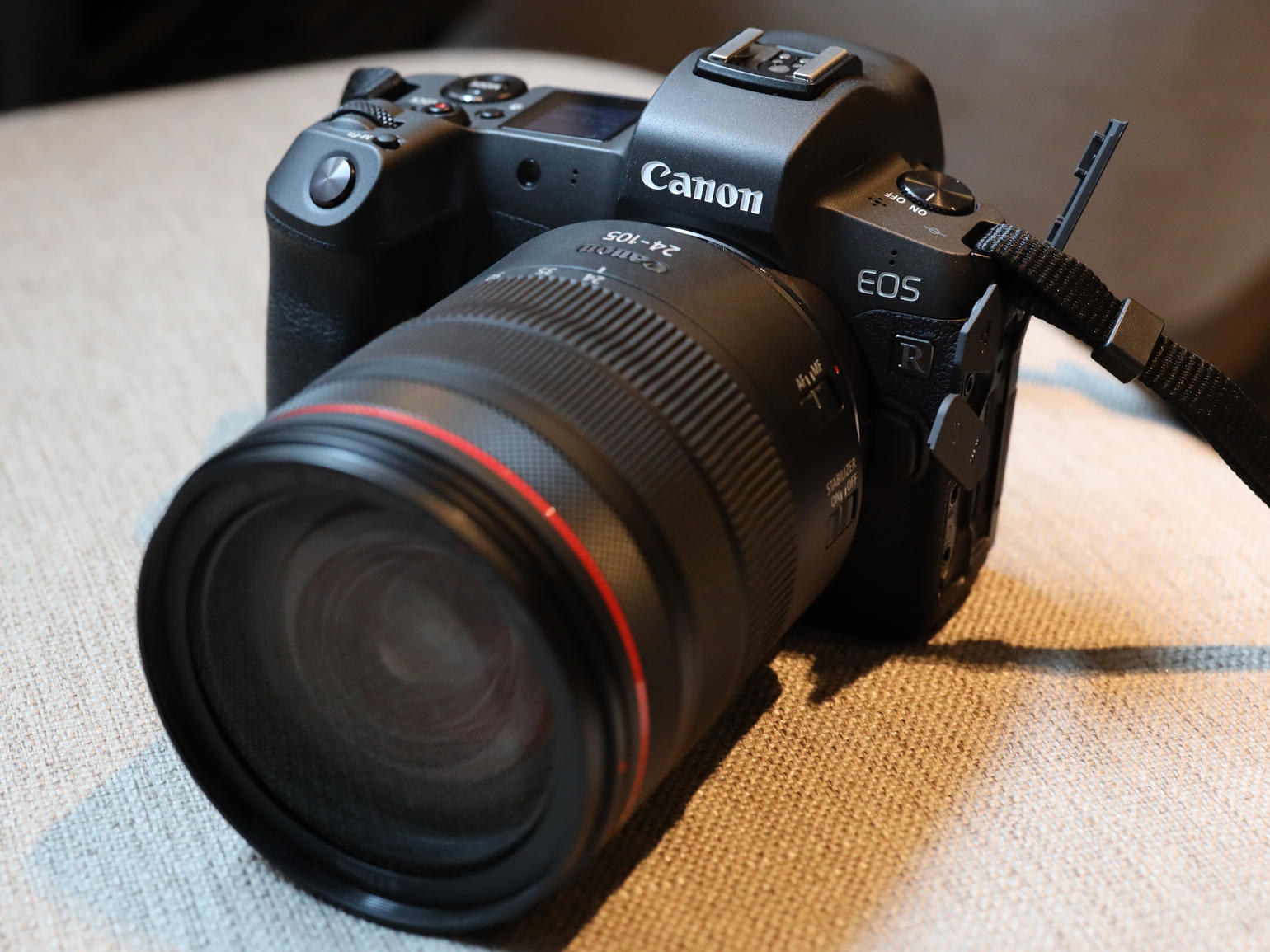
INCREDIBLE IMAGES
I had a chance to try both the RF 50mm f/1.2 and the RF 24-105mm f/4L lenses, no complaints on either and the new design of the lenses matches the matte body. The 50mm f/1.2 is a sizeable chunk of glass, and it ain’t cheap either (£2,350) but once I switched over to that, I struggled to part with it. It was amazingly sharp on portraits and I loved the effect of the bokeh and other out of focus parks of the background on images, just from jpegs stright out the camera. The colours and processing are truly stunning, really vibrant with great tone.
